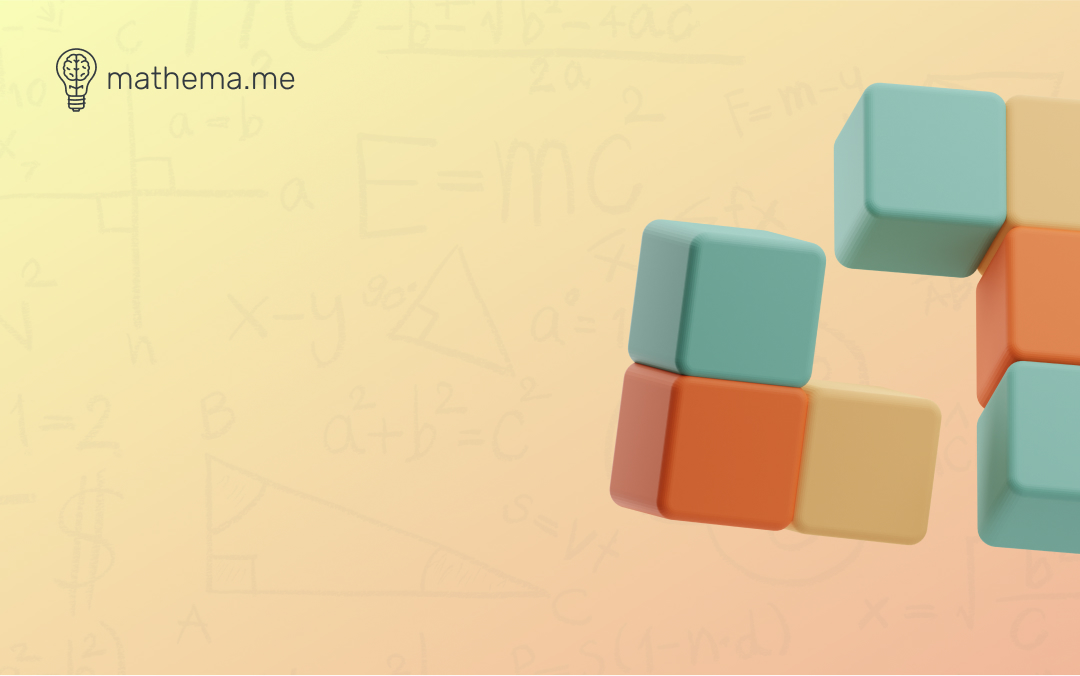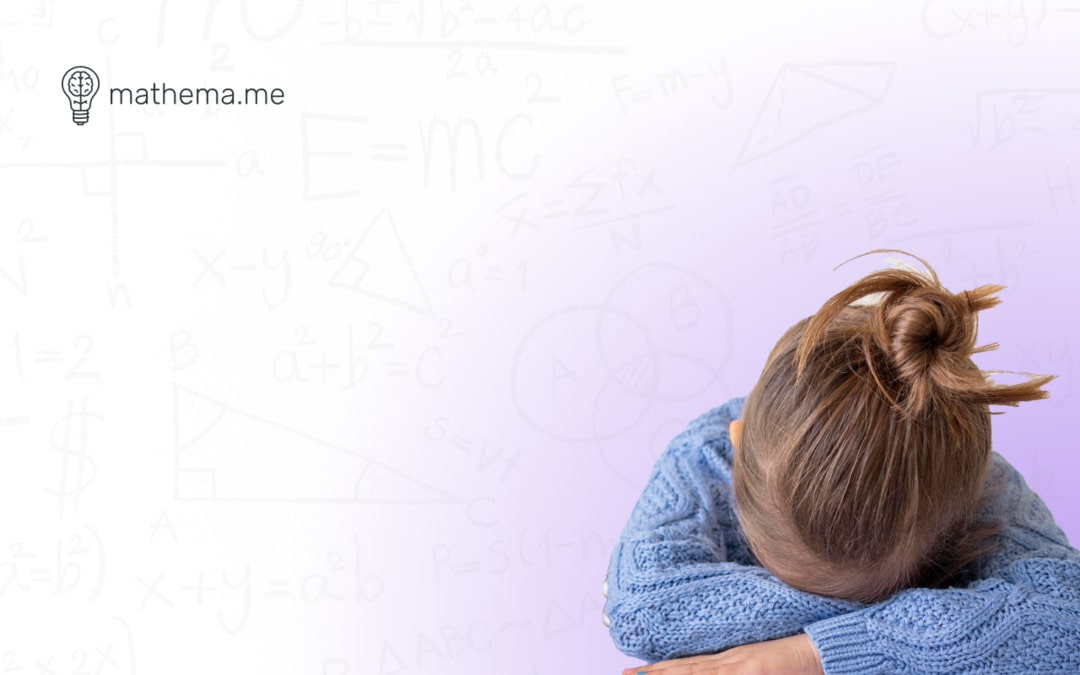Mathematics can sometimes seem like a daunting subject, especially for children who may struggle with numbers. But fear not, parents! Understanding mathematical concepts like the sum of squares doesn’t have to be complicated. The formula for calculating the sum of squares is straightforward:
\[\sum_{i=1}^nx_i^2\]Here, xi represents each individual number in the set, and n is the total number of values in the set.
In this guide, we’ll break down the process of how to calculate sum of squares into simple steps that you can easily teach your child. Whether your little one is preparing for exams or just curious about maths, mastering the sum of squares can boost their confidence and lay a solid foundation for future learning.
What Is the Sum of Squares?
The sum of squares is a fundamental concept in mathematics that involves finding the sum of the squares of a set of numbers. Simply put, it’s the total obtained by squaring each number in a given set and then adding up all the squared values.
The Sum of Squares Formula
Sum of Squares: \[\sum_{i=1}^nx_i^2\]
Here, xi represents each individual number in the set, and n is the total number of values in the set.
How to Calculate Sum of Squares
Now, let’s walk through the process of calculating the sum of squares step by step:
Step 1: Gathering the Numbers
The first step is to gather the numbers you want to work with. These numbers could be any set of real numbers, meaning they can be positive, negative, or zero. For example, you might have a set of numbers like {1, 2, 3, 4} or {-2, 0, 3, -5, 7}.
It’s essential to ensure that you have all the numbers you want to include in your calculation and that they are accurately recorded. Missing or incorrect numbers can lead to errors in the final result.
Step 2: Squaring Each Number
Once you have your set of numbers, the next step is to square each number individually. Squaring a number simply means multiplying it by itself. For example:
If you have the number 2, squaring it would give you
\[2²\;=2\times2=4\]If you have the number -3, squaring it would give you
\[(-3)²\;=-3\times-3=9\]
If you have the number 0, squaring it would give you
\[0²\;=0\times0=0\]You repeat this process for each number in your set. For instance, if your set is {1, 2, 3, 4}, you would square each number to get {1, 4, 9, 16}.
Step 3: Adding Up the Squared Values
Finally, after squaring each number in the set, you add up all the squared values. This step is straightforward arithmetic, where you simply sum all the numbers you obtained from squaring each individual number.
For example, if you squared the numbers {1, 2, 3, 4} to get {1, 4, 9, 16}, you would add them up as follows: 1+4+9+16=30
So, the sum of squares for the set {1, 2, 3, 4} is 30. Let’s break it down with an example: Set of numbers: {2, 4, 6}
Step 1: Square each number:
- 2×2 = 4
- 4×4 = 16
- 6×6 = 36
Step 2: Add up all the squared values:
- 4+16+36 = 56
So, the sum of squares for the set {2, 4, 6} is 56.
Solved Examples
Now that you have learned how to calculate sum of squares, let’s try some examples:
Example 1:
Set of numbers: {3, 5, 7, 9}
Step 1: Square each number:
- 3×3 = 9
- 5×5 = 25
- 7×7 = 49
- 9×9 = 81
Step 2: Add up all the squared values:
- 9 + 25 + 49 + 81 = 164
So, the sum of squares for the set {3, 5, 7, 9} is 164.
Example 2:
Sarah has been recording the temperatures in her city for the past four days. The temperatures are as follows: 20°C, 22°C, 25°C, and 18°C. Sarah wants to calculate the sum of squares of these temperatures to understand the variation. Help Sarah find the sum of squares.
Solution:
Step 1: Square Each Temperature:
- 20² = 400
- 22² = 484
- 25² = 625
- 18² = 324
Step 2: Add Up the Squared Values:
- 400+484+625+324=1833
So, the sum of squares for the temperatures recorded by Sarah is 1833°C².
Example 3:
A group of friends is planning a picnic, and they want to estimate the total weight of the food they’ll be carrying. They have the following weights of the food items: a basket of fruits weighing 2 kg, a sandwich weighing 500 grams, and a cake weighing 1.5 kg. Calculate the sum of squares of the weights of these food items. Solution:
Step 1: Convert All Weights to the Same Unit (grams):
- 2 kg = 2000 grams
- 500 grams = 500 grams
- 1.5 kg = 1500 grams
- Step 2: Square Each Weight:
- 2000² = 4000000
- 500² = 250000
- 1500² = 2250000
Step 3: Adding up the squared values:
- 4000000+250000+2250000 =6500000
So, the sum of squares for the weights of the food items is 6500000 grams².
Quizzes For Students
Now that we’ve covered the basics, why not test your child’s understanding with a fun quiz? Here are a few sample questions to get started:
1. What is the sum of squares for the set {1, 2, 3}?
- a) 6
- b) 14
- c) 9
- d) 5
2. Calculate the sum of squares for the set {4, 6, 8}.
- a) 90
- b) 120
- c) 100
- d) 80
Conclusion
Understanding mathematical concepts like the sum of squares is essential for your child’s academic success. By breaking down complex ideas into simple steps, you can help your little one build confidence and develop a love for learning. And if you’re looking for additional resources to support your child’s maths education, consider exploring Mathema, an online math learning platform designed to make learning fun and engaging for children of all ages.
FAQS
1: Can you explain the significance of the sum of squares in statistics?
In statistics, the sum of squares is used to calculate variance and standard deviation, which are essential measures of dispersion in a data set.
2: Can the sum of squares ever be negative?
No, the sum of squares is always non-negative because each squared value is positive. Even if the original numbers are negative, squaring them makes them positive, so the sum of squares cannot be negative.



